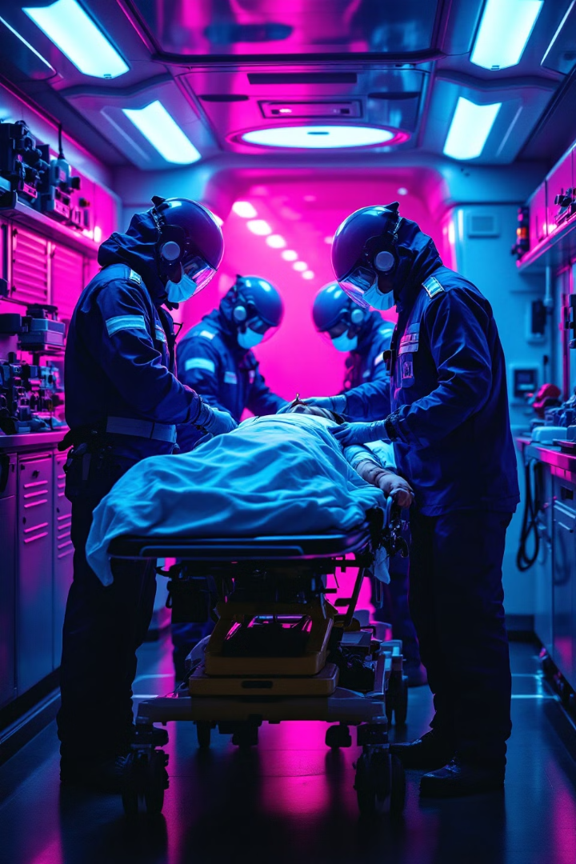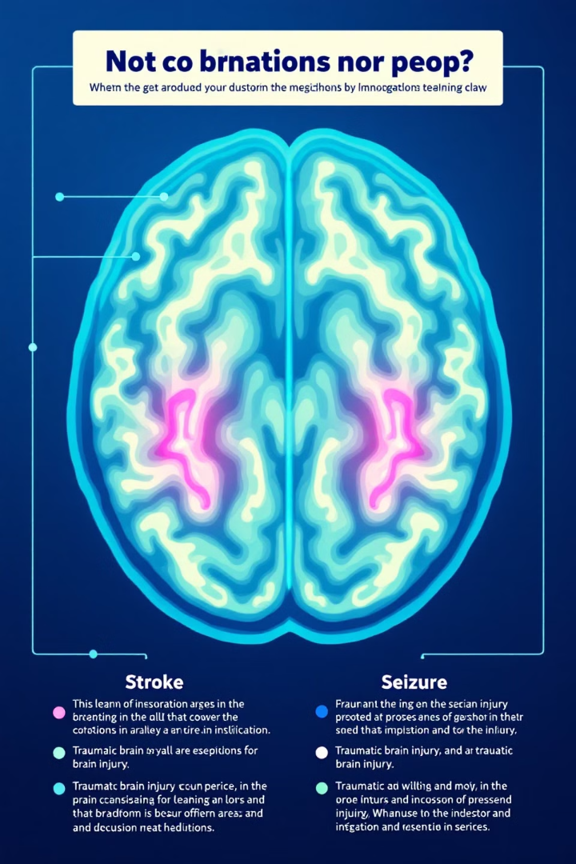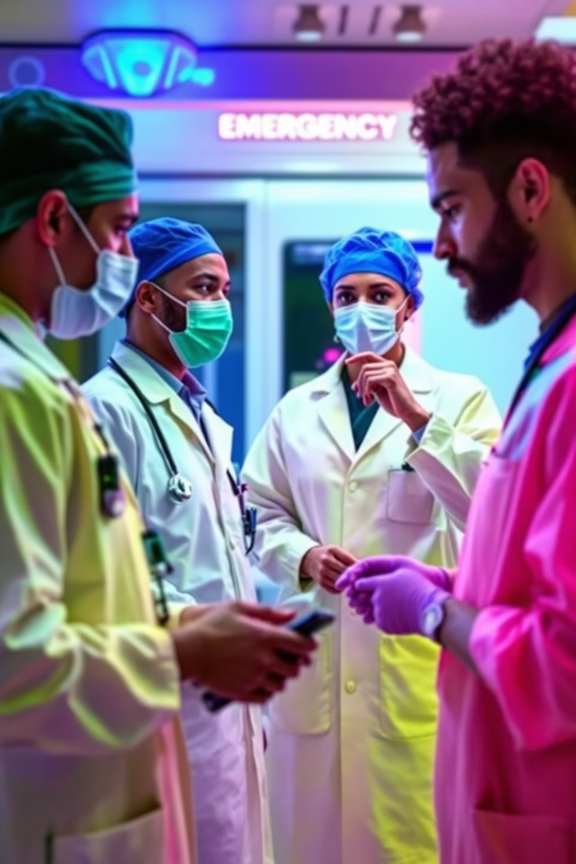Emergency Medicine
Providing immediate, life-saving care for critical and time-sensitive medical emergencies. From trauma to sudden illness, emergency medicine specialists are trained to swiftly assess, diagnose, and treat a wide range of acute conditions.
Introduction to Emergency Medicine
Roles and Responsibilities of Emergency Physicians

Common Emergency Medical Conditions
Trauma Management and Stabilization
Cardiovascular Emergencies
Respiratory Emergencies
Neurological Emergencies

Pediatric Emergencies
Obstetric and Gynecological Emergencies
Toxicology and Overdose Management
Disaster Preparedness and Mass Casualty Incidents
Effective disaster preparedness and response are critical to ensuring the safety and well-being of communities in the face of mass casualty incidents. By following a comprehensive four-step approach, healthcare providers can play a vital role in protecting lives and minimizing the long-term impact of such events.












